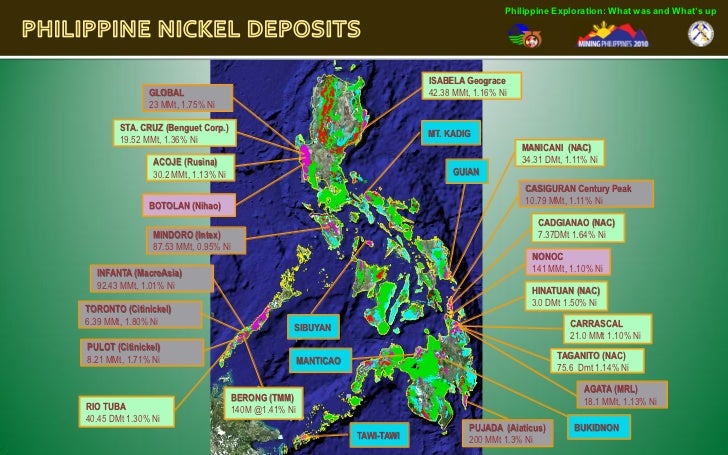The Philippines holds the world’s second largest gold reserves, and applications from foreign mining firms are piling up to tap that plus a list of other metals that basically just sit under the ground now. Mining made up just 0.72 of the impoverished Southeast Asian country’s economy in 2012 as gold production fell back 50% to 15,762 tons that year. Access to the $1.4 trillion Philippine mining sector, rich also in copper and nickel, has been mired since the 1980s in klutzy laws, environmental battles and land rights issues. It may be on its way out of the pit this year.
Officials in Manila see mining as an untapped treasure that could help sustain recent annual economic growth of about 6% and bring in foreign investment – a national priority since 2010. It’s one of the country’s next boom sectors, forecasts Jonathan Ravelas, chief market strategist with Banco de Oro UniBank in metro Manila.

Filipino indigenous peoples stand behind
mock shields calling for the repeal of the Mining Act of 1995, during a
rally in Manila. (Photo by Richard James Mendoza/Pacific
Press/LightRocket via Getty Images)
If Executive Order 79 creates a one-stop permitting process for miners as proposed and forces staunchly autonomous local LOCM +% governments to be more transparent about contracts, as proposed, foreign investors would worry less about getting mired in legal messes. Also in the legal department, the government’s Mines and Geosciences Bureau intends to stop permit speculation, meaning more of the 700-some permits out there now would be used for extraction rather than sold onward for a higher price and deterring foreign investors who need a geographically unified cluster of go-aheads to do work on a profitable scale. “To the credit of the mining bureau, they are trying to solve this, but it’s not one or two,” says Jose Mari Lacson, head of research at Philippine stock brokerage Campos & Lanuza.. “We’re talking about hundreds of these fragmented mining permits.”
Walang komento:
Mag-post ng isang Komento